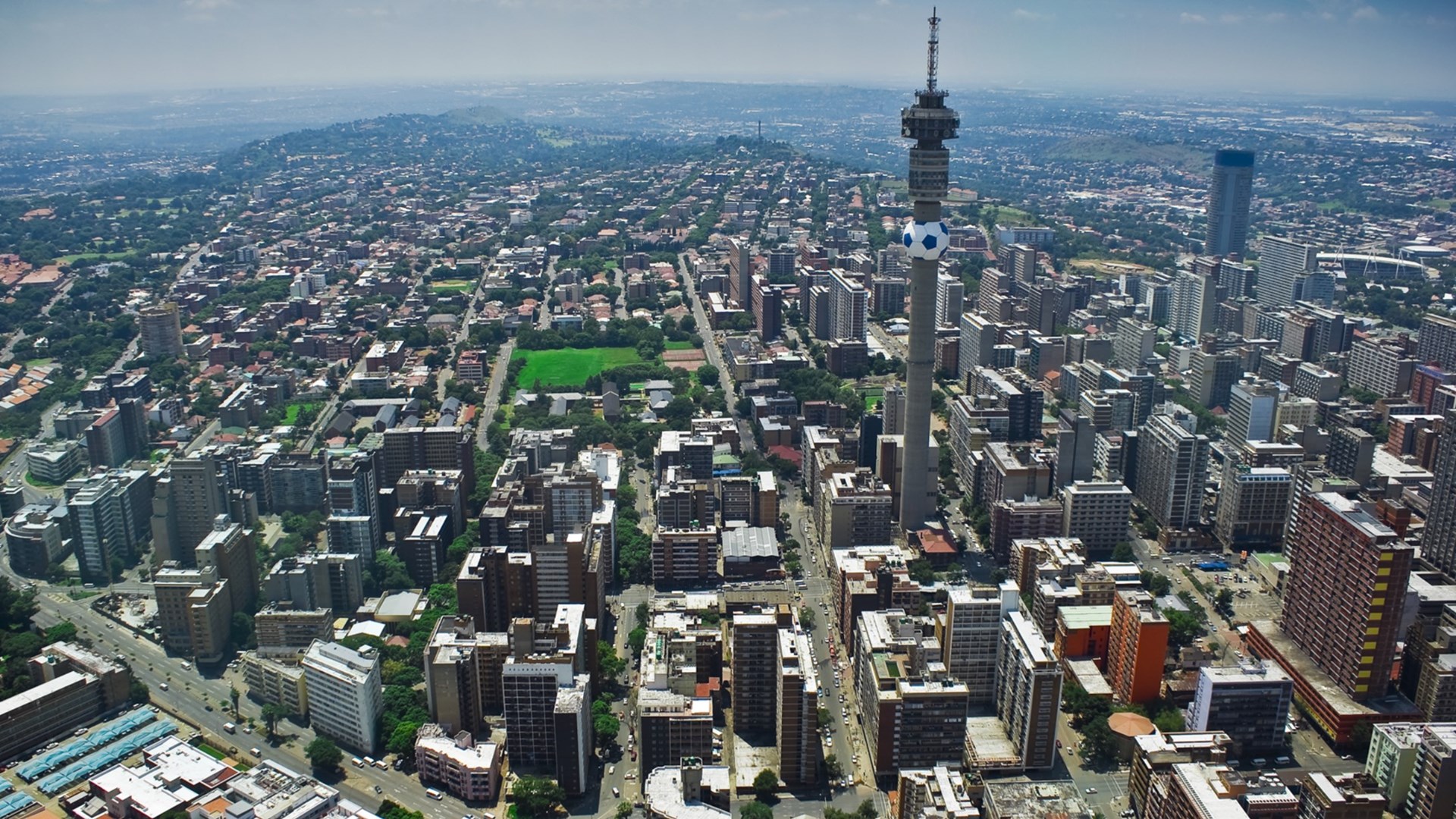
By BMI-T
Wi-Fi has become a crucial component of the access mix for the always-on, connected soceity. In this stream TechKnowledge considers the evolvling role of Wi-Fi - with a particular focus on public Wi-Fi. Local and international perspectives are provided.
A hotspot is a physical location where people may obtain Internet access, typically using Wi-Fi technology, via a wireless local area network (WLAN) using a router connected to an internet service provider (Wikipedia's definition). In this article TechKnowledge explores some further detail in the South African context as there are many different types of Wi-Fi hotspot.
Wi-Fi was initially conceived as a wireless alternative for the modest office network. Contrary to all expectations, Wi-Fi has emerged as disruptive technology that has grown by stealth to dominate the global wireless data domain. This is true not only in terms of the number and range of devices in the market, but also in terms of the volumes of data transferred.
It is widely recognised that Wi-Fi has seen remarkable uptake in usage in the last 10-15 years or so. Looking back a little over 10 years, the following definition was provided for the (then) emerging phenomenon called Wi-Fi.
2015 may be remembered as the year that free public Wi-Fi took great strides forward in South Africa. In the past year Project Isizwe’s network in Tshwane — now branded TshWi-Fi — has more than doubled the number of unique users that have used its network, and doubled the free daily bandwidth to 500MB per user. Free public Wi-Fi has been launched in well over a thousand locations across the City of Johannesburg, Ekurhuleni, City of Cape Town and Nelson Mandela Bay plus a few other local municipalities.





